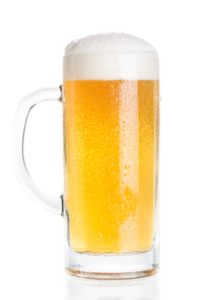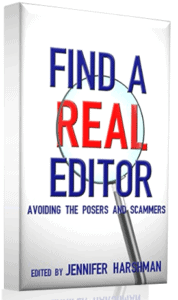Book Descriptions that Sell
Book descriptions that sell don’t tell the story. A good book description begins with the “hook.” A hook is an essential part of writing a good book description. It is sometimes called a lede (also spelled lead). The hook must spark the reader’s curiosity about the book and make them want to read it. This woman looks happy about her description.
Your hook should not reveal the ending or all of the important content. Instead, it should tell the reader something about the book. The hook should include a few engaging nouns and verbs that describe the contents, but without including too many adjectives and adverbs. While the hook is the most important part of your book description, remember not to make it too long or too complex.
In addition to the hook, a good book description should also include a salient fact or statement. It should also state a question or problem that the book addresses, as well as convince the reader that the book has the solution.
Writing a hook can be tricky. Avoid spoilers and write in the present tense. In addition, your hook should be as short as two sentences. It should make the reader want to continue reading the book. Use active language.
Include keywords
One of the most effective ways to improve your book’s visibility online is to include keywords in the book description. The keywords you use should describe the content of the book. Whether you’re selling a paperback or an e-book, you’ll want to make sure that the right people can find your book. However, you don’t want to overdo it! The keywords you use should be descriptive but not so specific that they’re ineffective.
Keywords can be useful for both your book description and the book’s title. You can use keywords to determine the title. Use a tool such as Publisher Rocket to help you determine which keywords to use.
One of the most crucial aspects of writing an effective book description is making it fit the book’s content. To do this, you should consider factors such as the topic and the tone of your book. For instance, if your book is about surviving a massive tornado that wiped out your campground, you should include weather-related and disaster-related keywords.
Another important aspect of your book description is its placement in Amazon’s search results. It’s important to know that Amazon’s algorithm will index your book based on its proximity to the keywords you chose. Having your keywords in the description will increase its visibility in search results and help your book gain visibility and sales.
The keywords should include a mix of words and phrases. Amazon offers guidelines on how to choose the most effective keywords. They also list things to avoid. You cannot use the title of another book or another author’s name in your keywords, for example. As an aside, you also cannot pretend to be another author. While choosing keywords, remember to avoid keywords already covered in your book’s metadata, subjective quality claims, and time-sensitive statements.
How to write book descriptions that sell and follow Amazon’s description guidelines
If you have a book to sell, you will want to make sure that your book description is as good as possible. This will not only attract readers to your book, but will also help you increase your sales. Using keywords and a compelling description will help you get more sales.
Amazon’s description guidelines recommend using one to two sentences and avoiding spoilers. It’s important to make the first sentence of your book description as compelling as possible.
Make sure that you use professional proofreading tools to ensure that your description is error-free. It’s also a good idea to have your book professionally edited before you sell it.
Goal of Amazon book descriptions that sell
The goal of an Amazon book description is to compel the reader to click on the “Look Inside” feature of the website. It should also be able to tap into the emotions of the potential reader. Make your book description stand out by using powerful words and language that matches the title. Remember, book descriptions that sell are the most important part of book marketing. If they make people feel something, they’re more likely to take the next step.
The description should provide a sense of emotional payoff for the reader. However, it’s important to note that a book description is not a synopsis. A blurb is a short summary. When reading book descriptions that sell, the reader should feel an emotional connection with the author. The description should be compelling enough to motivate a reader to buy the book. However, it should not directly tell the reader to buy the book.
As you’re writing a book description, remember to follow Amazon’s guidelines for description writing. Your description will have more chances to make sales on Amazon if it contains keywords that are highly relevant to your book’s topic. If your book is based on a particular topic, you’ll need to make the product description as customer-focused as possible.
Writing a good book description will help your book reach its goal of becoming a bestseller. Whether your cover copy is short or long, it should grab a reader’s attention and leave them wanting more. Book descriptions that sell will help you make an impression and build your author brand.







